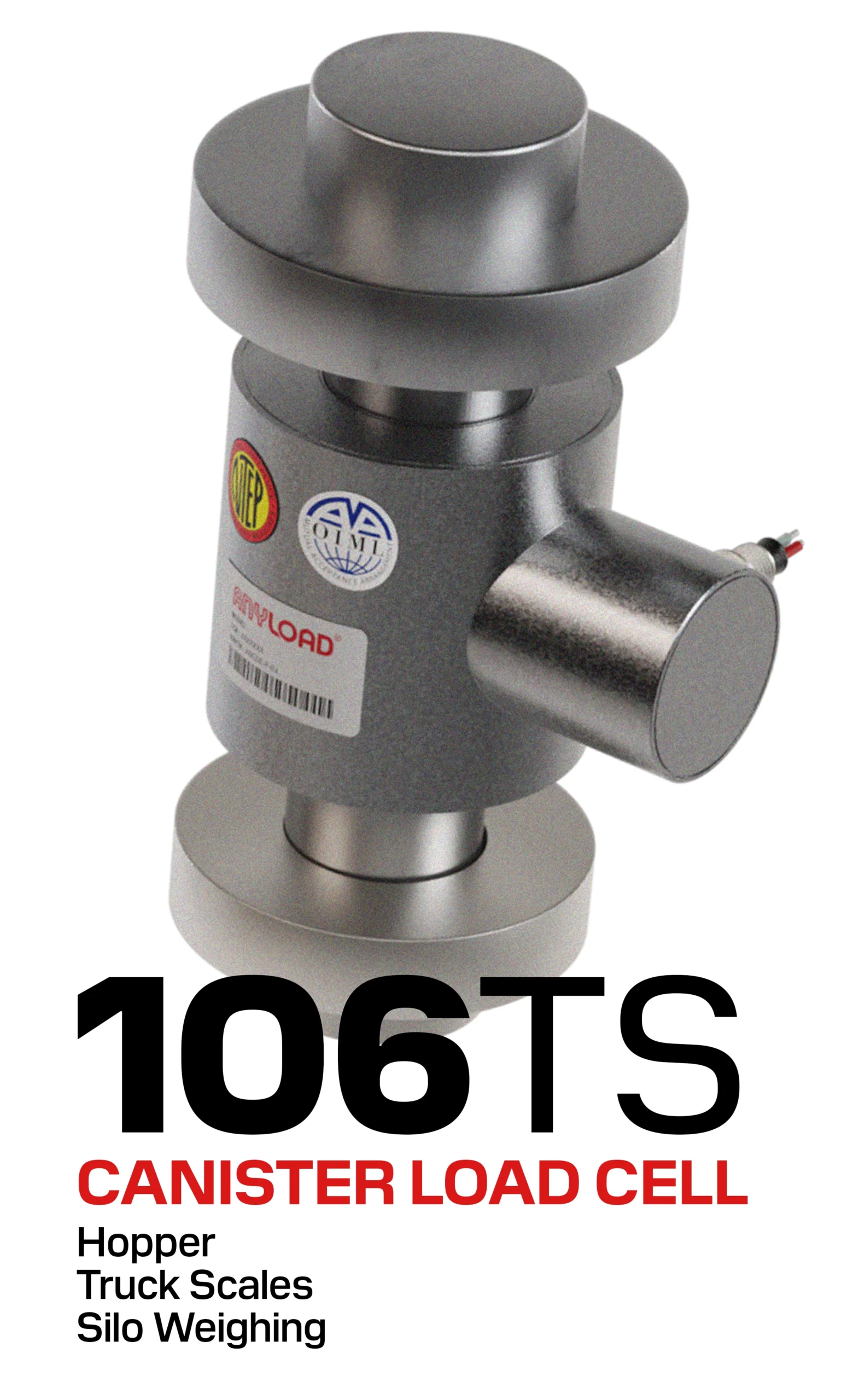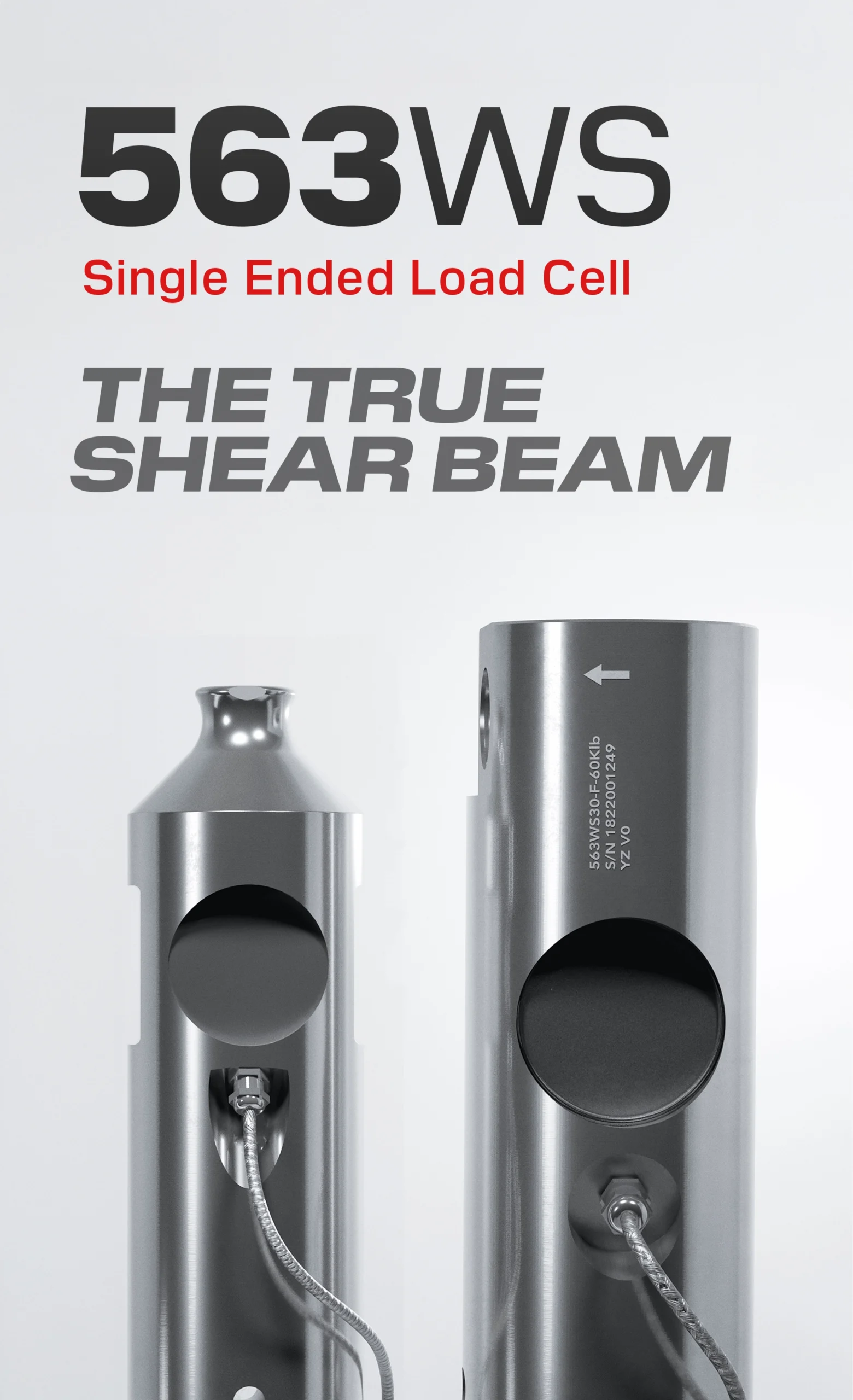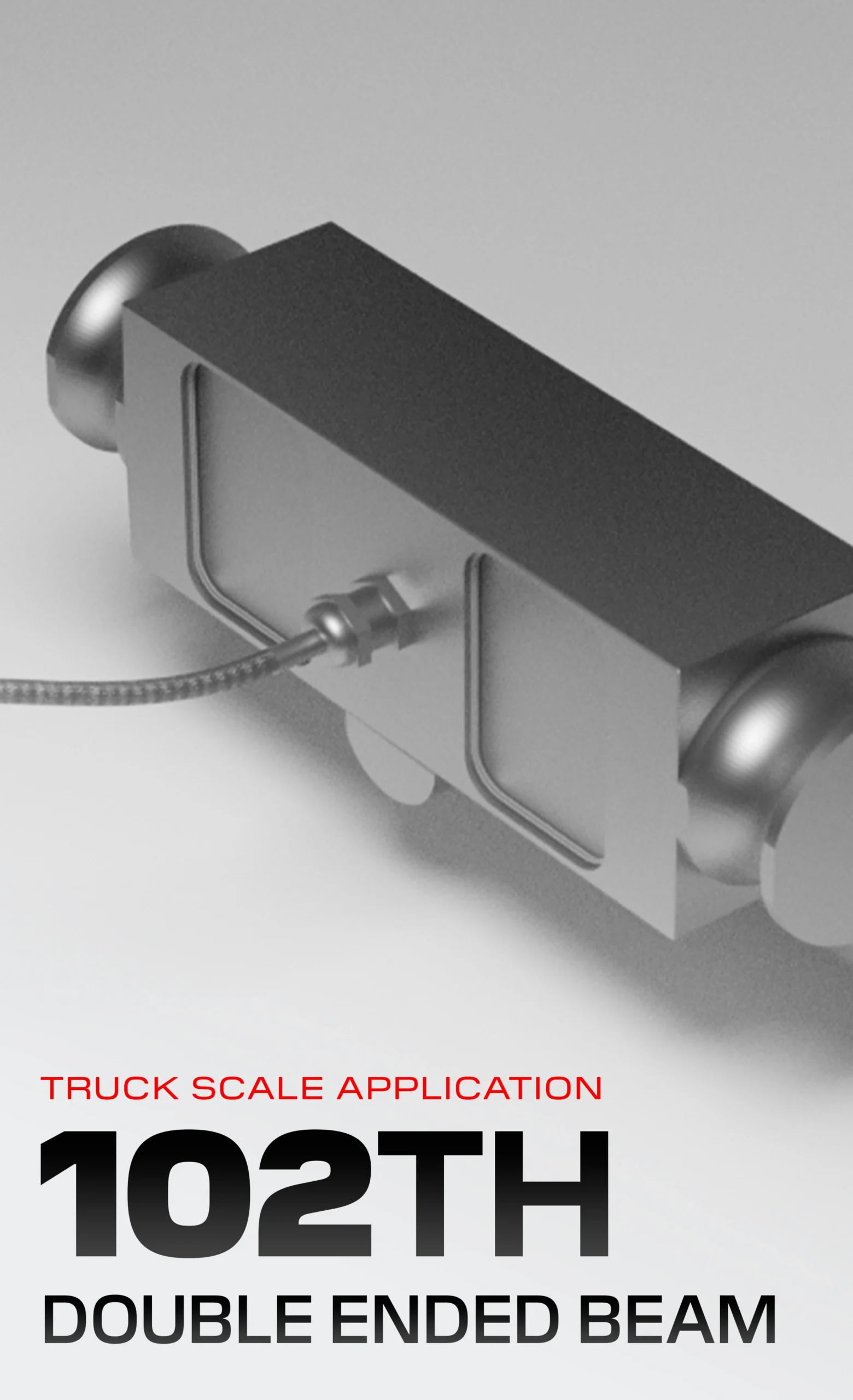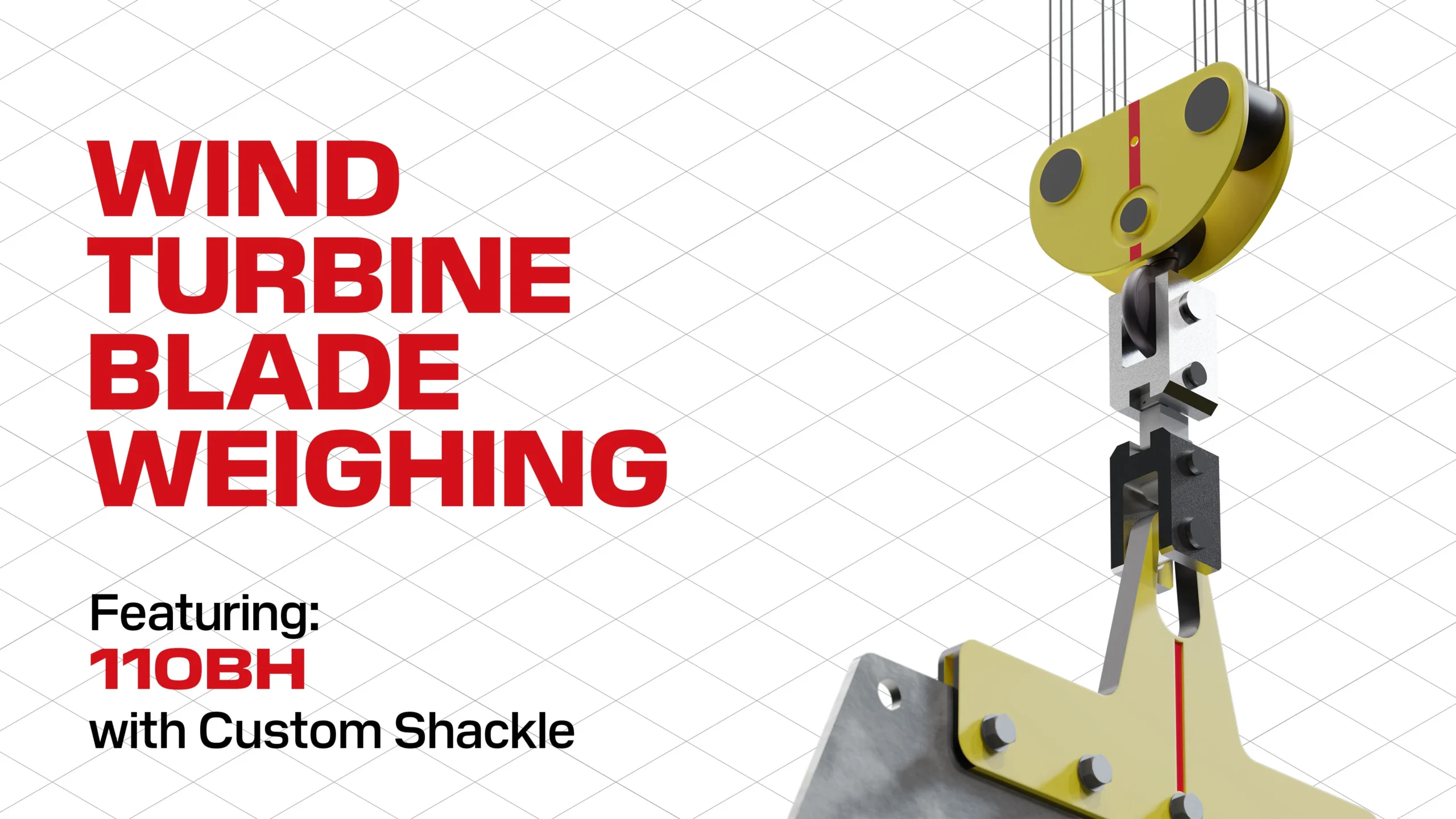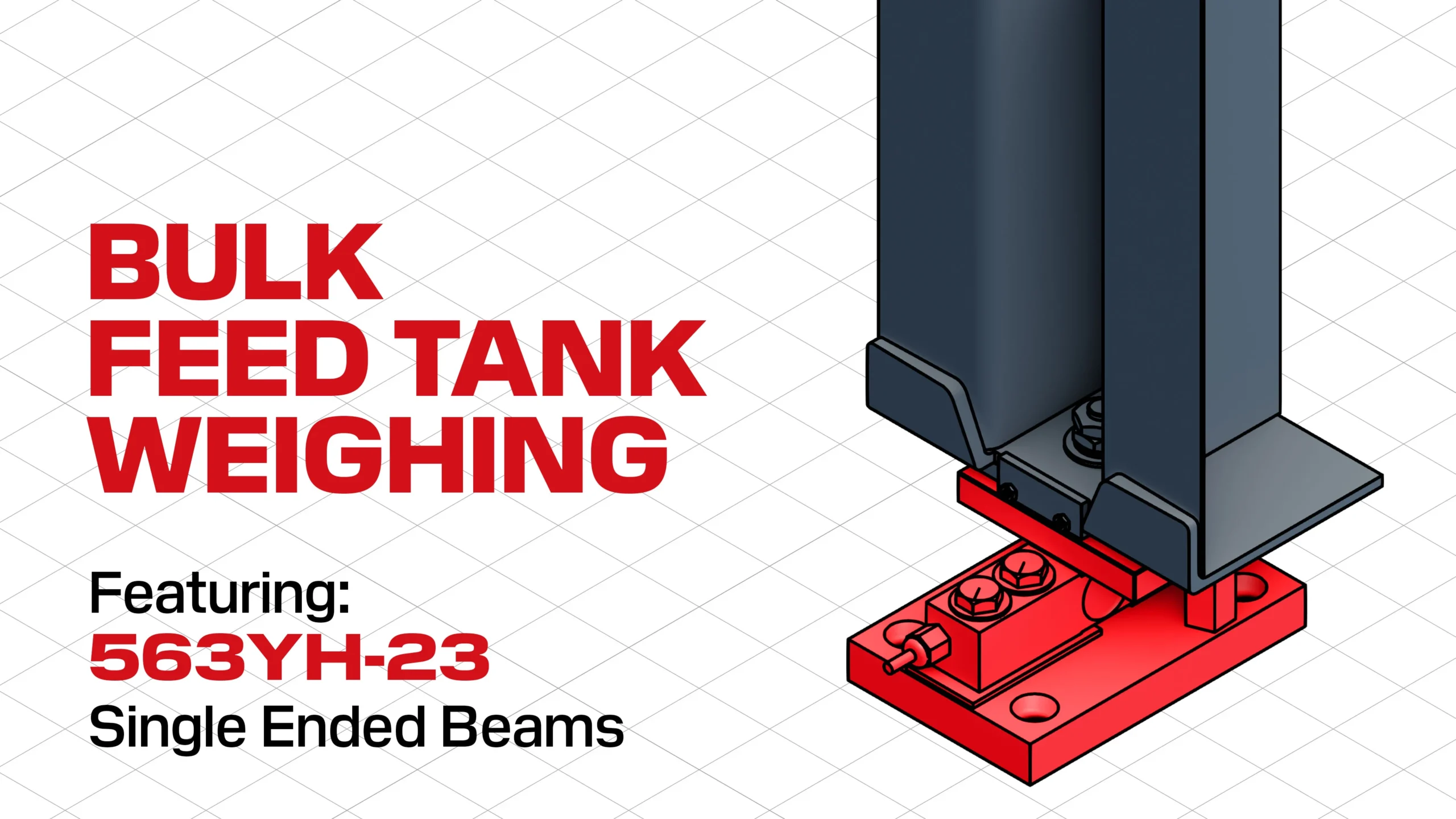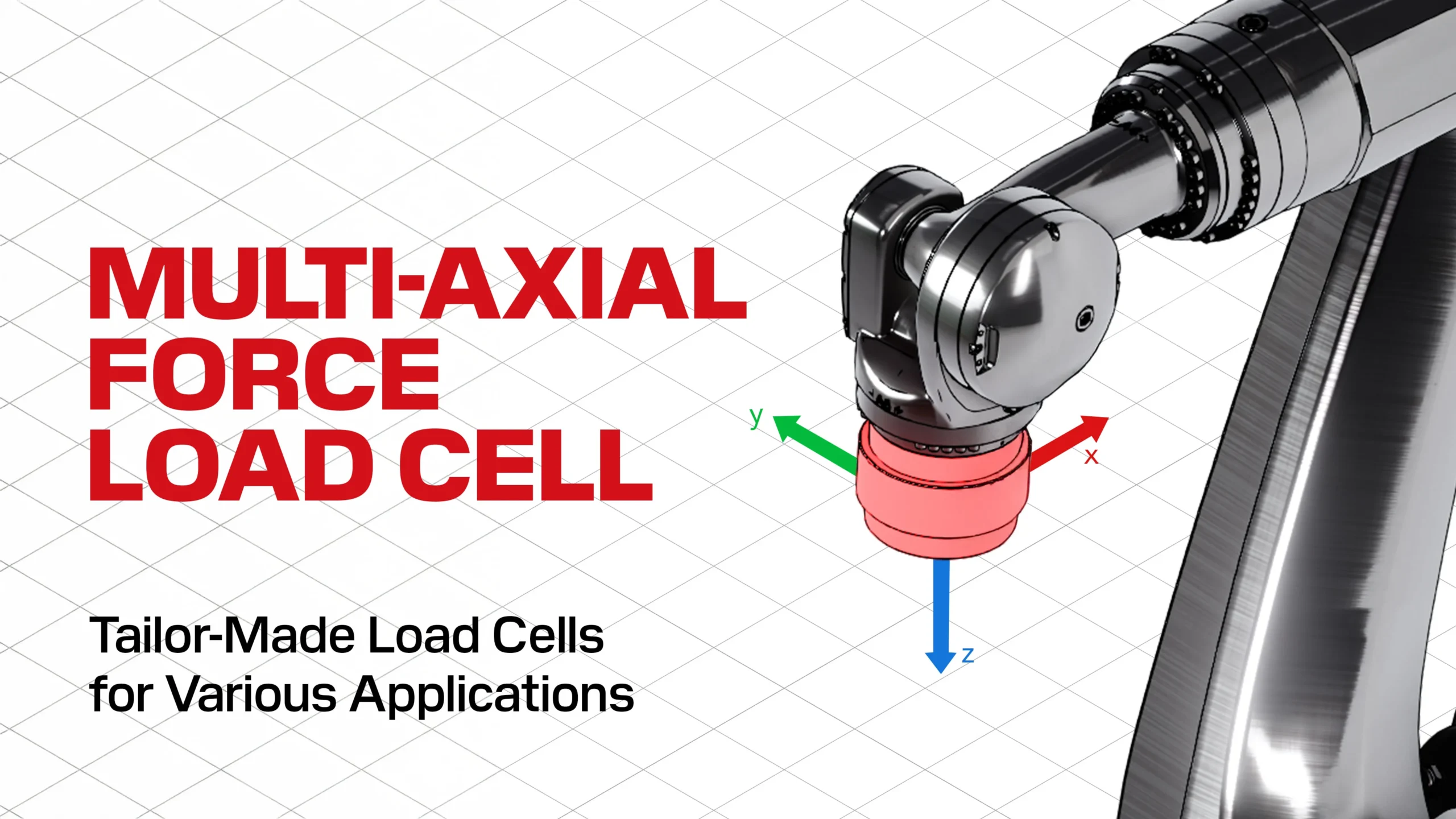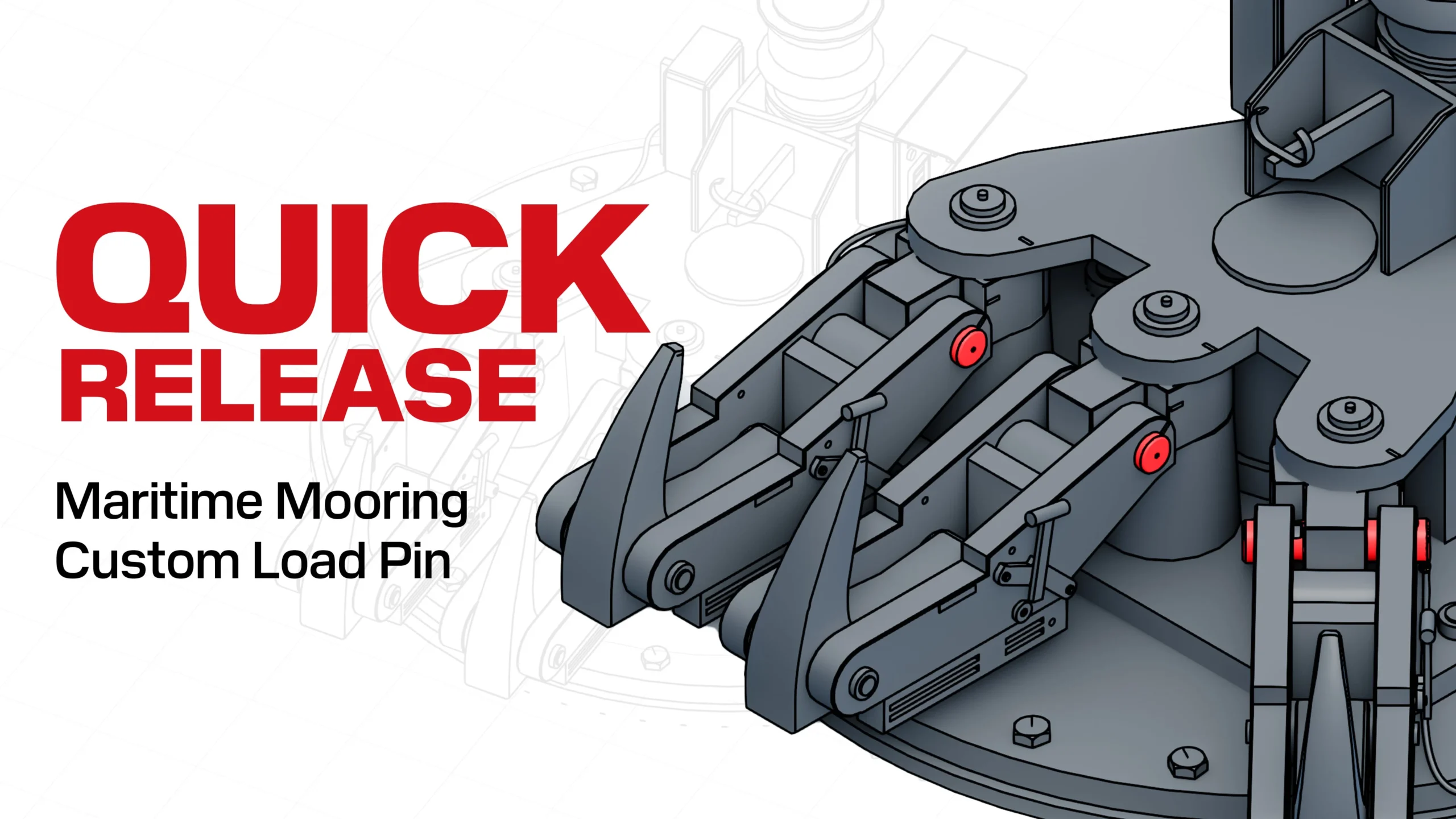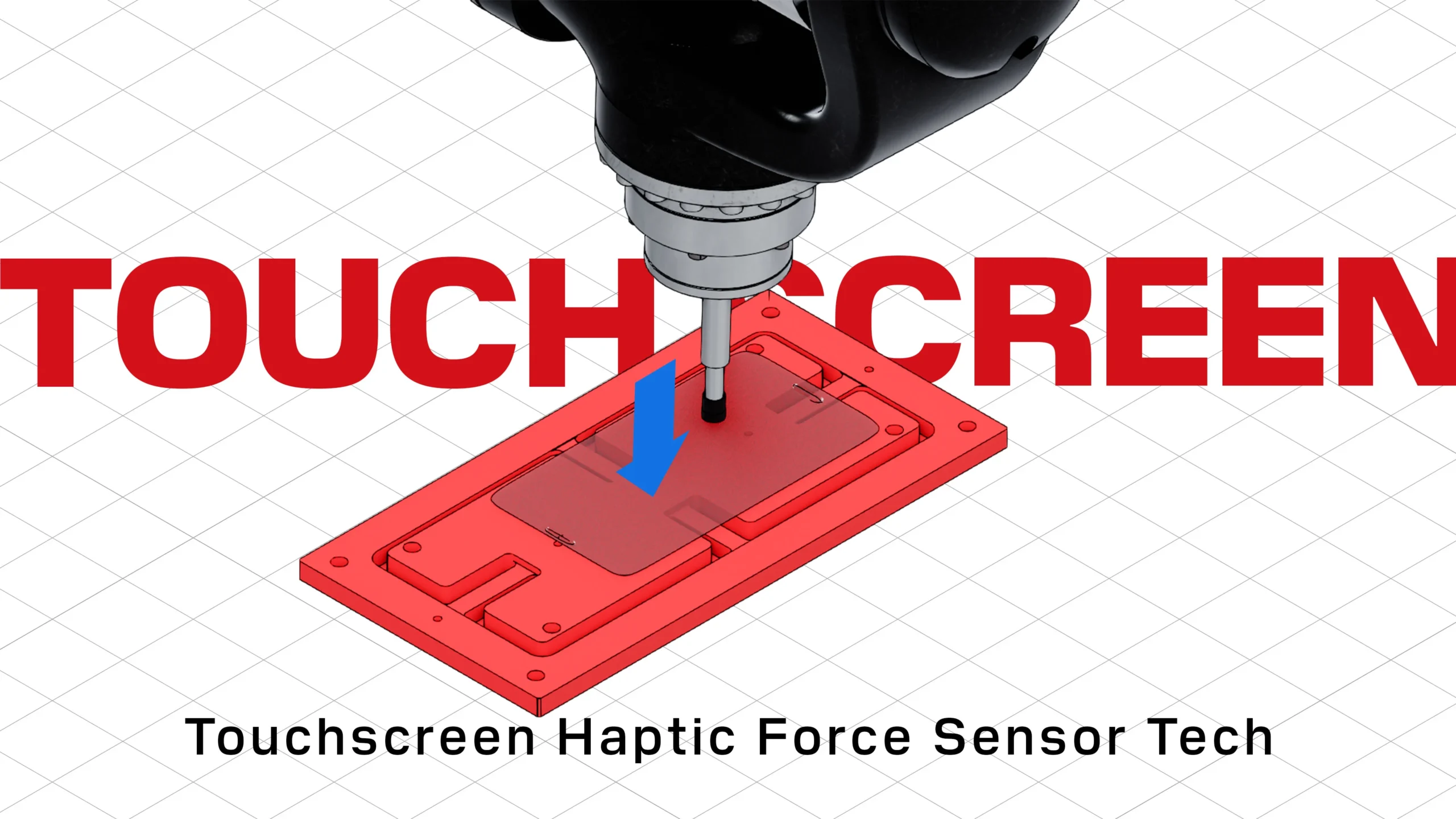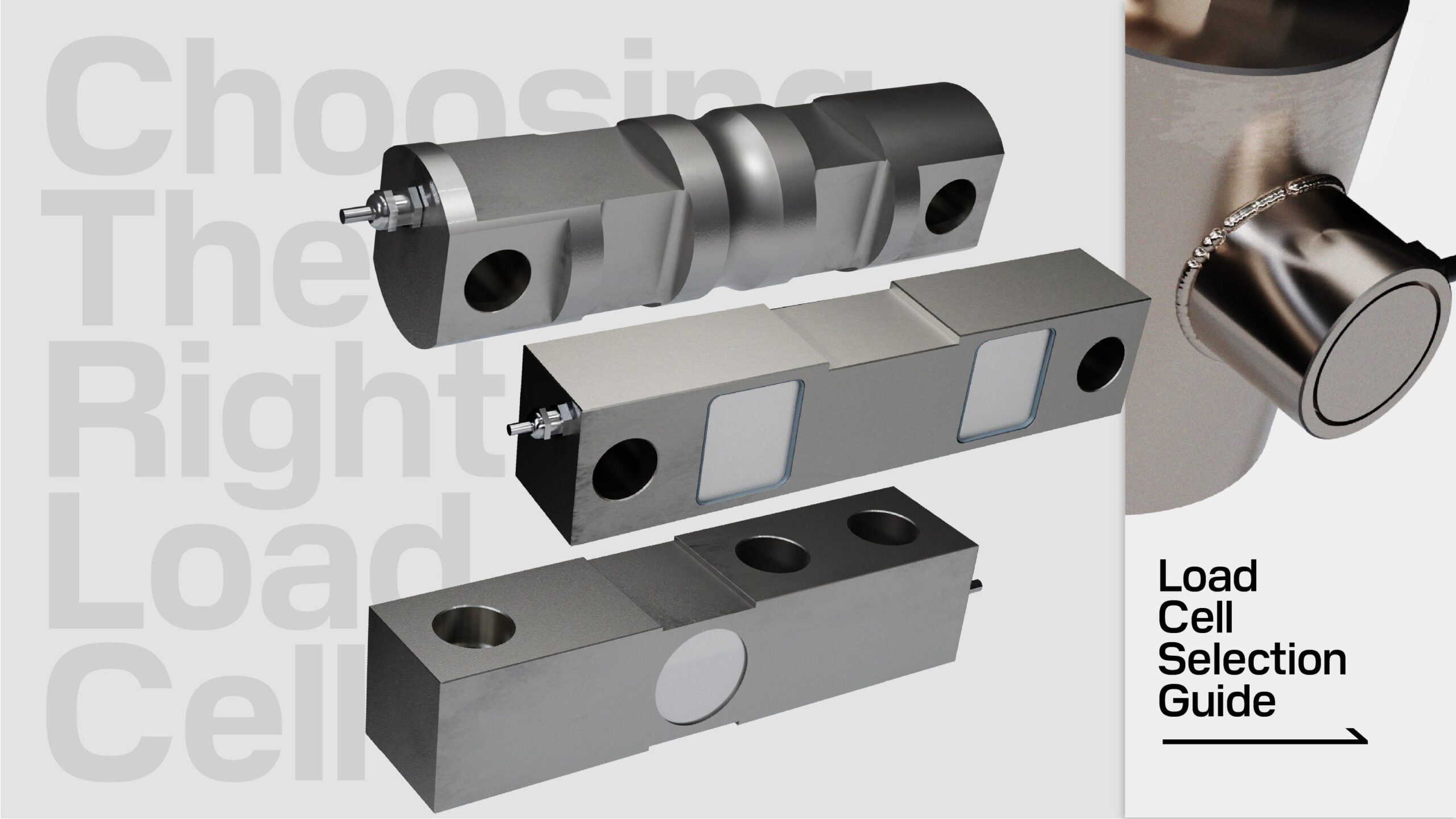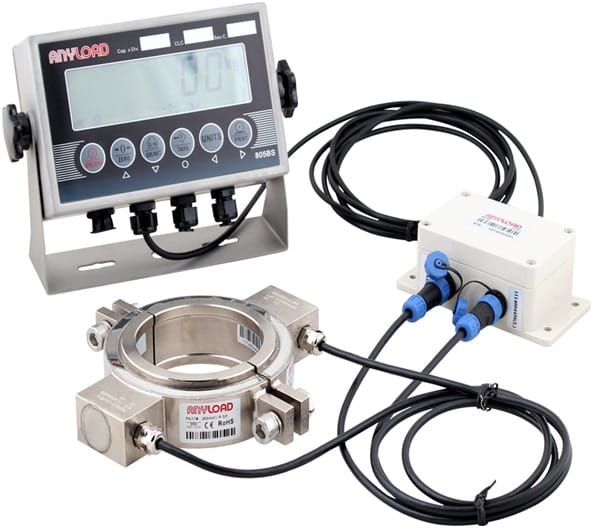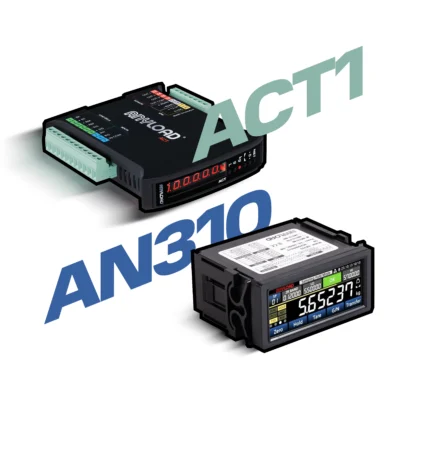Split Donut Load Cell: New Tool in Landslide Prevention
Categories
Landslides can be an unfortunate side effect of modern engineering challenges in rugged terrain. Road building that cuts laterally across mountain faces can set up dangerous conditions. Engineers have been able to mitigate these effects by devising anchoring systems to hold the earth in check. But the forces of gravity are continuous and, to give maximum protection, such anchoring systems must be monitored for any variation.
The Anyload Transducer firm was approached, by a long-term client, for assistance in developing monitoring systems for an anchoring system that had previously been installed. Located on a dangerous hillside, from which vegetation and natural root structures had been removed, the hillside threatened physical structures and human lives. Regular monitoring of strain-loads in the system was crucial.
Anyload’s load cell engineering team includes: Tryke Hu, specializing in finite elements analysis; George Jiang, with many years of experience on load cell technology and testing; Alex To – the former chairman of the Mechanical Division of the Hong Kong Institution of Engineers, and a fellow member of the Institute of Mechanical Engineers of UK; and Gary Y Gui with 24 years of load cell design and manufacturing experience. The team, which has hundreds of successful load cell designs to their credit, was determined to find a solution for the client. They had recently achieved OIML C9 Y=18000 on a stainless steel, hermetically sealed, single point load cell, now the world’s highest accuracy analog load cell, as tested by NMi Certin of the Netherlands. Now, working with aspects of that technology, they devised a concept to meet the client’s criteria. After careful deliberation and examination of the challenge, the team developed an innovative split donut load cell.
This design allowed the device to be inserted into the confined spaces around the anchor without having first to remove the anchor. The challenge of maintaining accuracy, across an unequally distributed load, was overcome by interspersing strain gauges, which act to compensate one another, throughout the load cell. Precision laser welding was employed to weld the shell’s ultra thin stainless steel plates to the load cell in order to minimize load force disruption.
The client had specified a maximum of five percent total accuracy, but the Anyload team exceeded expectations within a 5% error margin and was up to 4.4% linearity error and within a 1.1% repeatability of output throughout the circumference of the circular load cell.
“Our firm has been manufacturing load cells to measure weight from a few grams to hundreds of tons for over two decades to meet a wide range of customer needs. This recent project will allow engineers to improve landslide mitigation and advance warning technologies by monitoring variations in unstable ground. We are particularly proud of this success, as it will do much to help save lives and property damage in landslide prone areas.” -Gary Gui of Anyload
